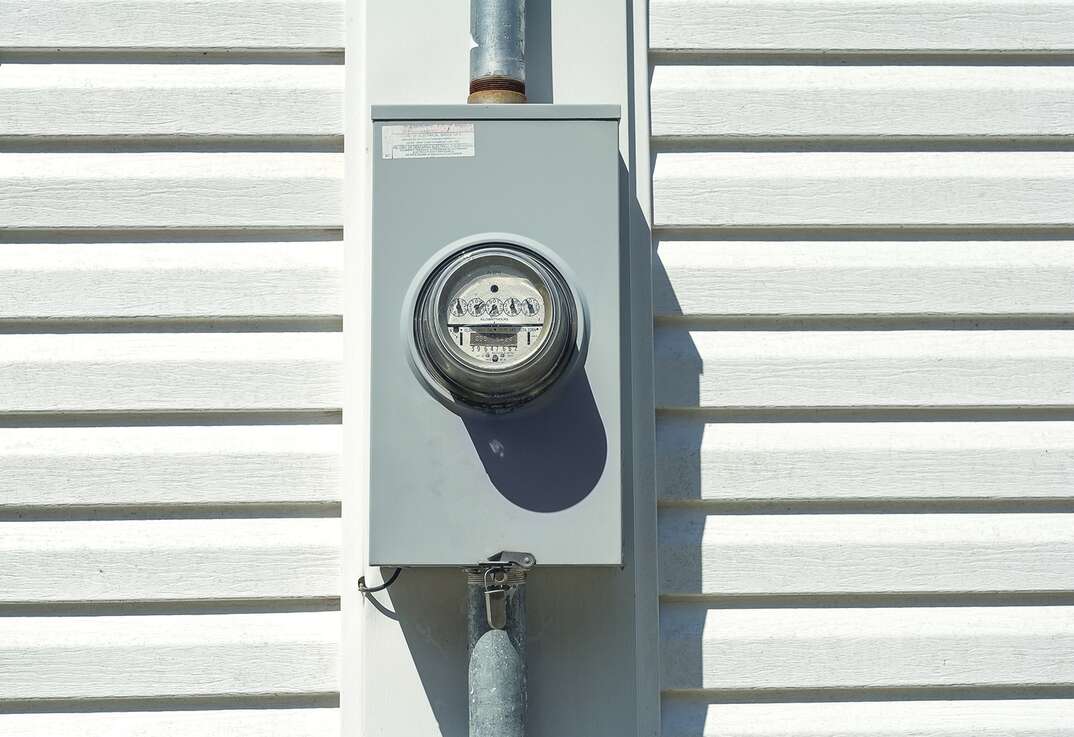- AppliancesElectriciansHVACLandscapingLocksmithPest ControlPlumbingRenovationRoofingT V RepairAll Home Improvement
- Car AccidentClass ActionCorporate LawCriminal DefenseDivorce LawEmployment LawFamily LawFinancial LawLegal AidMedical Injury LawyersMedical MalpracticeReal Estate LawWater Fire RestorationAll Legal
- InvestmentRetirementAll Finance
- Animal InsuranceAutoGeneral InsuranceHealth PolicyHome RentersAll Insurance
- DentalHealth SpecialistsAll Medical
- Animal CareVeterinaryAll Pets
- Auto GlassTowingAll Automotive
How Much Does Electricity Cost?

There are many reasons to reduce energy consumption — from environmental awareness to trying to keep your electricity costs low.
You may look at your electricity bill each month and wonder why it’s lower or higher than the last month. This guide will show you how to determine your electricity costs and how to monitor your usage so that you’re not paying more than you need to.
There is no simple answer, as rates vary by region, peak seasons and geopolitical events. The best way to determine what to expect is to look for average rates in your specific state or city. As of November 2021, electricity prices ranged from a low of 7.51 cents per kilowatt-hour in Louisiana to a high of 27.55 cents per kilowatt-hours in Hawaii.
The U.S. Energy Information Administration publishes average energy rates by state on a regular basis. If you’re wondering if your power company is charging you a fair rate, you can check the EIA website. It also shows analysis and projections, so you can keep yourself informed ahead of time of any major rate changes. If you know that rates are going up soon, you can find ways to lower your energy consumption so that your bill isn’t impacted as heavily.
How Do I Figure Out My Electricity Rate?
Take a look at your bill and look for information about your energy usage from month to month. In addition to seeing the total cost, other fees such as usage taxes are itemized on your bill. Subtract all of these extra charges from your total. Now look for the consumption data, which is shown in kilowatt-hours.
Let’s say your bill is $150 for the month, and you paid $25 in taxes and $10 in service fees — that leaves $115 that you paid for your electricity usage. Assume you used 1,000 kilowatt-hours of power for that month. Divide $115 by 1,000 to see that your rate is 11.5 cents per kilowatt-hour.
Simply put: A kilowatt-hour (usually written as “kWh”) is one kilowatt of power sustained for one hour.
Watts is a measure of energy. If you use a 60-watt light bulb, it requires 60 watts of power to light your room. If home energy consumption was measured in watts, you’d see really large numbers on your electric bill, so power companies use kilowatt-hours instead. A kilowatt is equal to 1,000 watts. The hour is the amount of time the power is used. To calculate your kilowatt-hours, the utility takes your power usage multiplied by the hours in the month and then divides it by 1,000.
How Much Is the Average Electricity Bill?
There are some factors that determine whether you use more or less power than the average consumer. The type of heating system you own, the size of your home and how many electronic appliances you run all contribute. Energy demand fluctuates, so prices could rise and fall from month to month. According to the EIA, the average household paid $117.46 per month in 2020.
How Do I Find Out My Current Electric Rate?
If you don’t want to do manual calculations every month, there are some other ways you can check to see what your rate is per kilowatt-hour. Many energy bills show you the rate under the line that shows you the number of kilowatt-hours. It might read something like: “1,432 kWh @ $0.089.”
If you can’t find it on your bill, you could always check your utility company’s website to see if it’s listed there.
How Can I Tell How Much Power I Am Using?
Every home has a power meter. To track your power consumption, take a note at the beginning of the month of what the reading says. Throughout the month, check back and see what the difference is.
However, this doesn’t help you determine what’s consuming the most power or if appliances are drawing power when they’re powered off. You can purchase an inline power meter that records how much power a device plugged into it uses.
If you plug each of your appliances into the meter, you can see what’s costing you more money to operate and if you’re being billed for energy that’s consumed even when the device is off. If you’re looking to reduce your electricity cost, this is a way to learn what devices you should cut back on using each month.
Elocal Editorial Content is for educational and entertainment purposes only. Editorial Content should not be used as a substitute for advice from a licensed professional in your state reviewing your issue. Systems, equipment, issues and circumstances vary. Follow the manufacturer's safety precautions. The opinions, beliefs and viewpoints expressed by the eLocal Editorial Team and other third-party content providers do not necessarily reflect the opinions, beliefs and viewpoints of eLocal or its affiliate companies. Use of the Blog is subject to the
Website Terms and Conditions.The eLocal Editorial Team operates independently of eLocal USA's marketing and sales decisions.



